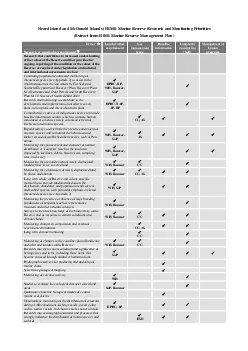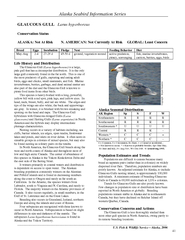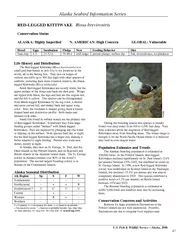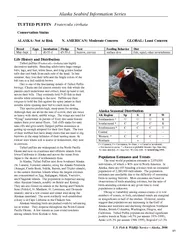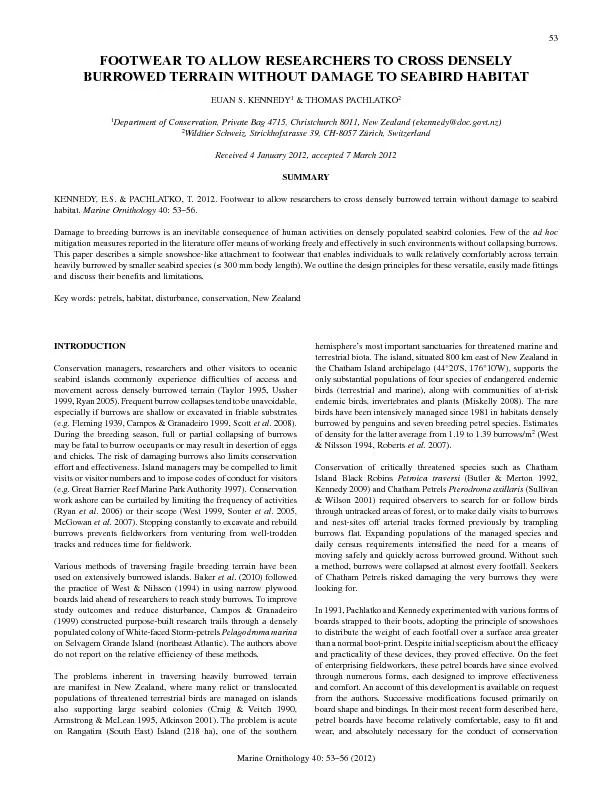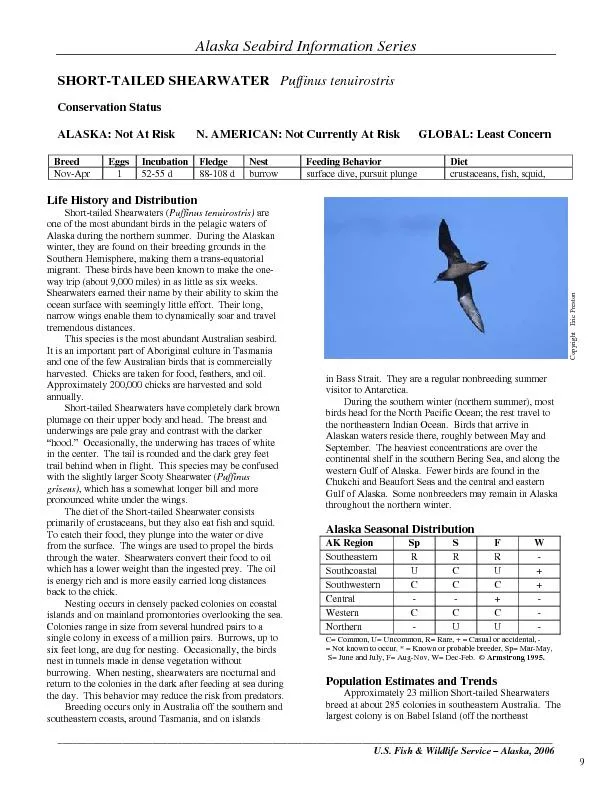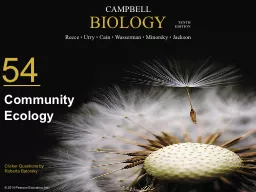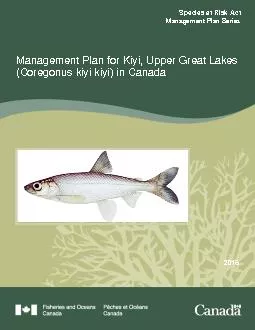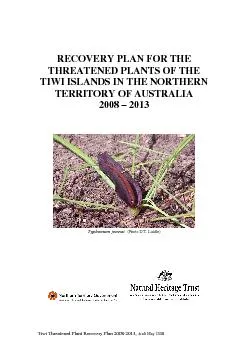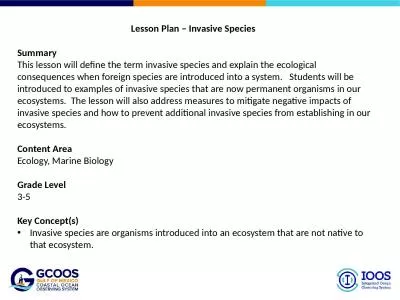PDF-Plan for 10 Species of Seabird 20042009
Author : dandy | Published Date : 2021-08-22
EPBC RP WH Ramsar SoP Research and monitoring to contribute to the development and implementation of other recovery plans action plans and threat abatement plans
Presentation Embed Code
Download Presentation
Download Presentation The PPT/PDF document "Plan for 10 Species of Seabird 20042009" is the property of its rightful owner. Permission is granted to download and print the materials on this website for personal, non-commercial use only, and to display it on your personal computer provided you do not modify the materials and that you retain all copyright notices contained in the materials. By downloading content from our website, you accept the terms of this agreement.
Plan for 10 Species of Seabird 20042009: Transcript
Download Rules Of Document
"Plan for 10 Species of Seabird 20042009"The content belongs to its owner. You may download and print it for personal use, without modification, and keep all copyright notices. By downloading, you agree to these terms.
Related Documents

